General Hydroponics Nutrient Calculator

Table of Contents:
Nutrient Calculator
How to Mix Nutrients the Right Way (6m Video)
Youtube requires users to be logged in to view this content.
How to Mix Nutrients the Right Way (Text Version)
Mixing 3 part nutrient systems:
Using the General Hydroponics nutrient calulator above, be sure to mix your plants nutrients in the following order – Failure to mix in this order can lead to nutrients getting locked out.
- Potassium Silicate & Stir…
- PH Balance
- Micro PH sensitive (Red = Iron) & Stir…
- PH Check
- Grow Nutes & Stir…
- PH Check
- Bloom Nutes & Stir…
- PH Check
- CAL-Mag & Stir…
- PH Balance
What about 2 part nutrient systems?
(A Before B) Red-Micro vs Clear*
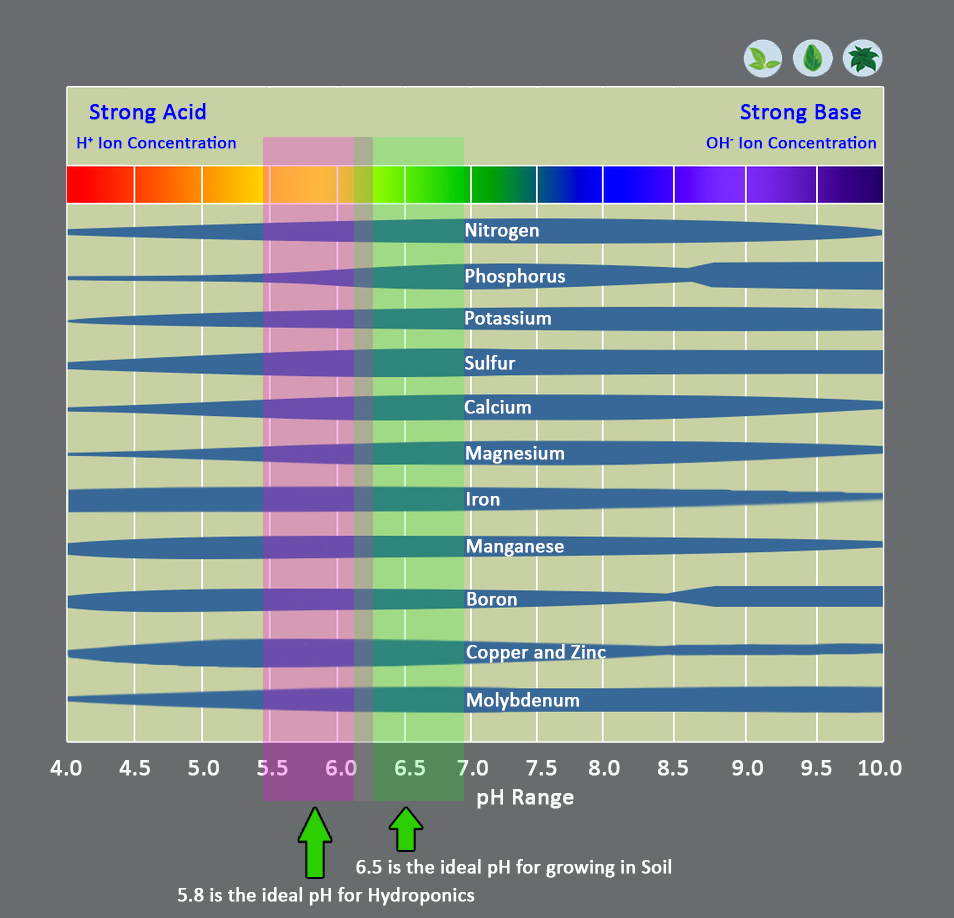
Always PH your water before mixing nutrients. If possible, use an RO (reverse osmosis) system to eliminate any unwanted contaminants or minerals.
PPM Chart Based on Stages of Growth
Each life stage of the plant will require different PPMs:
- Seedlings: 100-250 (nutrients aren’t needed here, hence there’s not a lot of particles needed)
- First Half of Vegging Cycle: 300-400 (this is usually after you transplant, which still doesn’t require many nutrients)
- Second Half of Vegging: 450-700 (you’ll start giving your plants more nutrients at this stage)
- First Half of Flowering: 750-950 (your plants will be eating more as they grow, so they’ll be taking in more nutrients)
- Second Half of Flowering: 1000-1600 (this is when your plant’s eating the most, especially if you give it additives)
- End of Flower, Entering Harvest: As close to 0 as possible (this is when you’ll be flushing your plants, so you don’t want there to be a lot of particles leftover.
Frequently Asked Questions about Nutrient Mixing
Potassium Silicate will increase the size of the cell wall on the stalk of your plant. Allowing for more nutrient uptake making for a MUCH stronger plant.
Stem Breakage?
Use Potassium Silicate
Note: We typically use Potassium Silicate for plants prone to stem breakage or in warmer environments. (Very popular with outdoor & Hydroponic growers)
Also great if you missed a water day – Think Armor!
Potassium Silicate has a PH of around 11.
May appear very milky when poured into reservoir.
Can and will lockout your micro nutrients due to the shock of PH changes if added post 3 part mix.
Hence why we add Potassium Silicate to our reservoir FIRST.
If you decide to use RO water, most growers will add CAL-Mag to their nutes first.
In my opinion: ADD LAST.
Why?
Adding Cal-Mag last will assist with PPM level management.
IMPORTANT: Potassium Silicate should be added prior to EVERYTHING! (Don’t be afraid to OVER stir)
Quick Fixes
- To rid your water of too many particles you can use things like a carbon filter or a reverse osmosis machine to clean your water. However, many growers agree that most tap water has helpful minerals (like calcium and magnesium) that help plants.
- For a quick fix when PPM’s are high just add a bit of fresh water with a good pH level and watch them drop. Filtered, pH’ed water is great when things get a little too much in your reservoirs.
- When readings are low it’s usually time to feed your plants. When you add nutrients to your feeding solution your PPM’s will go back up, and when your PPM’s and pH’s are in balance your plants are going to be happy and healthy.
- Just remember that these readings need constant adjustment, so if you haven’t been keeping a close eye on your plant’s PPM and pH levels there’s no better time to start than now.


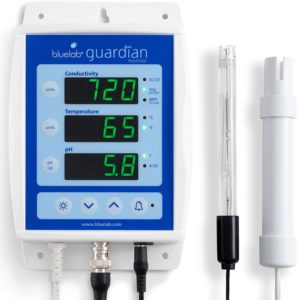
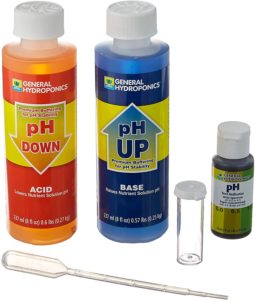

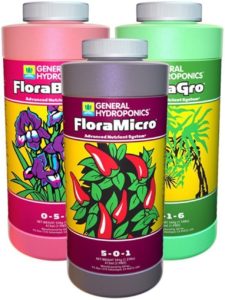
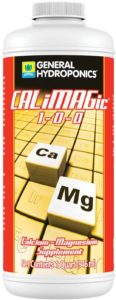
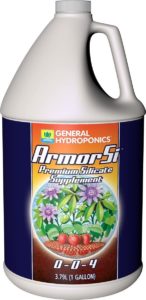




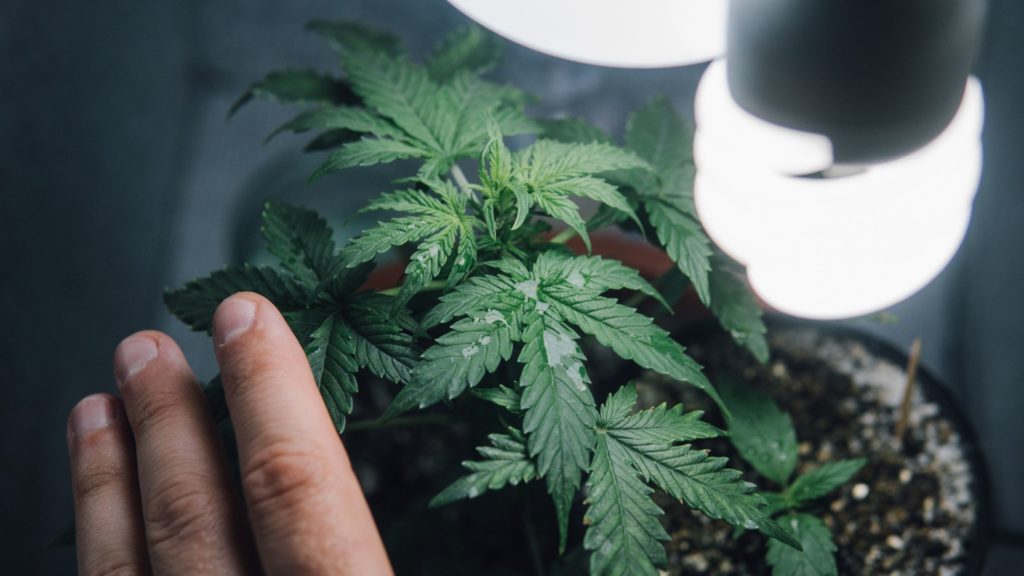


Responses